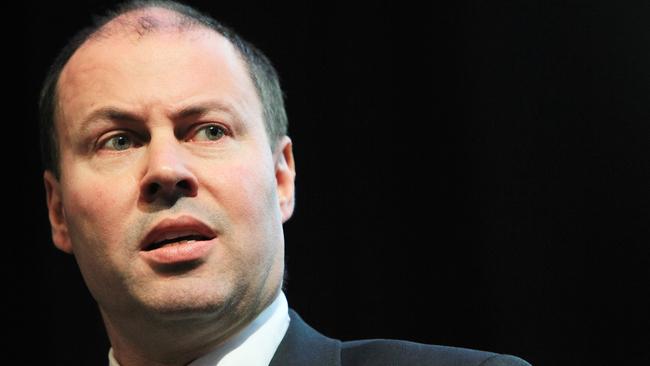
Did you see that puff piece extolling the benefits of subsidising electric vehicles? Yes, the one written by Energy and Environment Minister Josh Frydenberg. It was a wonder it didn’t come with the warning: sponsored content.
What was he thinking? If there ever was a country less suited to electric vehicles, it’s Australia.
I always get a good chuckle reading those travelogue pieces written by journalists given a loan of a top-of-the-line Tesla. In order to keep in sweet with the company, there are always the predictable paragraphs about the wonderful fitout, the quietness, the speed.
MORE: Travis Waller argues why electric vehicles make so much sense.
And then there are paragraphs outlining imminent nervous breakdowns as the calculations are made about the probability of reaching the next fast-charge outlet. And the frustration of having to wait to get on to the bowser (or whatever it’s called) and the time taken to recharge.
But hang on a minute: where does the power come from? From the electricity grid, of course. You know the one that is very close to shutting down on hot days, the one increasingly reliant on intermittent wind and solar power with reliable coal-fired plants forced to close.
But greenies, environmentalists and Josh can’t seem to get enough of electric vehicles. Norway is often cited as the pin-up boy — or should that be pin-up girl? — when it comes to subsidies being thrown at electric vehicles.
There is no stamp duty on EVs there; there are no annual registration fees on EVs there; there are no road tolls for EVs there; there is free car-ferry travel for EVs there; there is free recharge at the plentiful — in the cities at least — recharge sites.
Is it any wonder the people who can stump up the still substantial capital outlay for an EV in Norway do so? EVs now make up 5 per cent of all cars in that country.
But just in the nick of time, this example of rampant crony capitalism is being called into question. Who is paying for these subsidies? By and large, it is other motorists who are taxed extremely highly and electricity customers. And these people are considerably less well-off than the smug EV owners.
There was hope a domestic EV industry would flourish in Norway, but it was quickly run over by Tesla and all EVs are now imported. This is the case in Australia too, although EVs make up only 0.1 per cent of our fleet.
But Josh wants more EVs for Australia. He brags about the subsidies being thrown at the sector by various federal agencies. And he wants the states and territories to do more. Perhaps he has the Norwegian example in mind?
He even quotes an estimate of the CSIRO that a shift to EVs in Australia could save 15 million tonnes of CO2 by 2030. Given our annual emissions are currently about 550 million tonnes, this is simply peanuts.
And it’s not clear whether this paltry figure takes into account the CO2 emitted as a consequence of the production of EVs. And then there is the tricky issue of the short life of the batteries and the problems associated with their disposal.
The EV scam has all the hallmarks of the home solar PV scam. Offer obscenely high feed-in tariffs paid for by other electricity customers (and taxpayers, in some instances), suggest that people are doing something to help the planet and hoover up votes.
Josh obviously thinks you can rinse and repeat this swindle with electric vehicles — all in the name of doing the right thing by the environment. The trouble for him is that it involves one of the highest abatement costs around.
By all means, I say, buy an EV if you want to. Just don’t expect other motorists and electricity consumers to pay for your virtue-signalling.






To join the conversation, please log in. Don't have an account? Register
Join the conversation, you are commenting as Logout